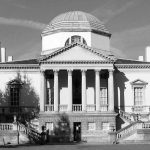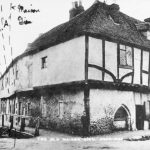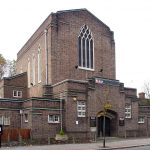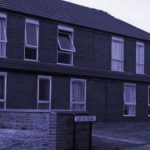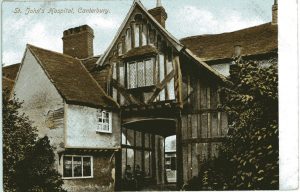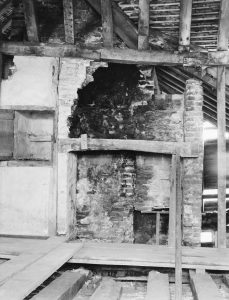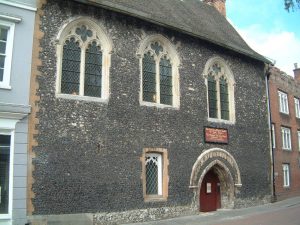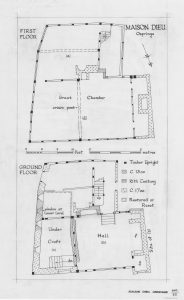1085
One of the oldest hospitals in the Canterbury area is St John’s Canterbury founded in 1085 by Archbishop Lanfranc. This was built on a large scale making provisions for 100 old and needy folk with `watchers’ to care for them in sickness and a priory over the road.

